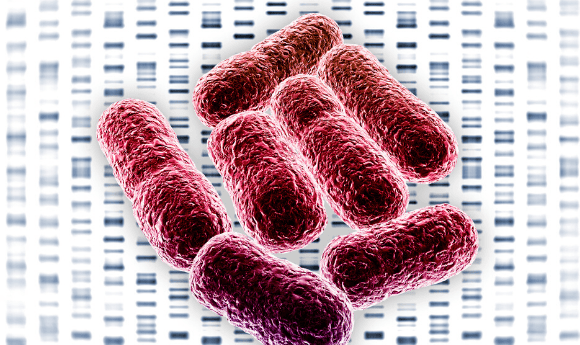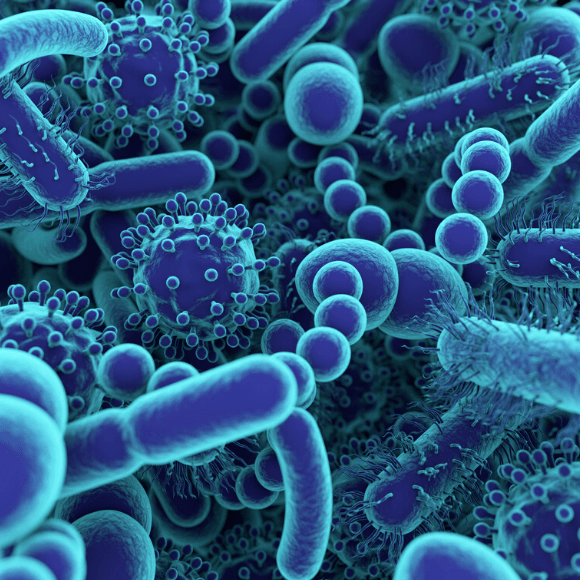Novel sequencing technique breaks down the barriers in microbiota genomics

Researchers have established a novel single-cell sequencing technique for uncultured bacteria, which may have implications on understanding how gut microbiota impact both health and disease.
Gut microbiota has long been known to affect host metabolism and impact health and disease. Research has suggested that dietary fiber, such as inulin, promotes the growth of certain microorganisms. However, the current strategies used to isolate uncultured bacteria are timely and often rely on the use of reference genomes in DNA sequence databases, which are estimated to represent only half of the human gut microbial species.
Recently, scientists from Waseda University (Tokyo, Japan) attempted to address this problem by establishing a technique known as a single-cell amplified genome in gel beads sequencing (SAG–gel). SAG–gel attempts to provide multiple draft genomes of the gut microbiota and identify species of bacteria that respond to dietary fiber.
“Our new, single-cell genome sequencing technique can obtain each bacterial genome separately and characterize uncultured bacteria with specific functions in the microbiota, and this can help us estimate metabolic lineages involved in the bacterial fermentation of fiber and metabolic outcomes in the intestine based on the fibers ingested” commented co-lead author Masahito Hosokawa.
The study, recently published in Microbiome, utilized mice models. The mice were fed an inulin-based diet for 2 weeks, their feces was collected and the bacterium found in samples processed into individual gel beads by a microfluidic droplet generator. After further processing, the samples were then amplified as a single cell amplified genome library.
Fecal sample collection for clinical microbiome research
Daniel McDonald and Jack Gilbertdiscuss the challenges faced during fecal sample collection and highlight important factors to consider when planning a fecal study.
After parallel sequencing, the output demonstrated that the SAG–gel technique amplified over 300 bacterial genomes.
Following quality control, the genomes were classified as 267 individual bacteria species, spanning a whole range of taxological organization; this included two phyla, four classes, seven orders and 14 families. Out of this, the researchers were able to identify which species were the primary inulin responders in the gut microbiota as well as the metabolic pathways involved.
“From the draft genomes of newly found Bacteroides species, we discovered the specific gene cluster for breaking down inulin and the specific metabolic pathway for production of specific short-chain fatty acids, a metabolite, which is produced by gut microbiota.” Hosokawa explained.
This novel technique takes only 10 minutes, is cost-effective and has a wide array of applications, not solely limited to the human gut microbiota. The newly developed process allows for the in-depth isolation and characterization of uncultured bacteria and, although there is a need to improve its accuracy, the researchers hope to see this technique applied in both medicine and industry in order to improve both human and animal health.
“Findings like these will help scientists in the future to predict the metabolic fermentation of dietary fibers based on the presence and ability of the specific responders.” concluded Hosokawa.
